QuestionHello! let me give you some info before i ask my question. My cat is a little more than a year old and shes is going to have kittens :)... This is my first cat EVER and i love her to death.. she requires alot of attention :)she is a lynx point siamese .
ive been looking up information on what to do when she has her kittens. i dont know exactly when shes going to have them or whats going to happen when she has them so thats my question(s)! she has milk in her nipples already so imagin its going to happen soon!.. what signs should i look for to know shes about to go into labor and what should i do for her after she has them?..
THank you
Loren brook
AnswerHi Loren. Congratulations!
I love seeing and helping kittens be born and raised more than anything else in life. Fortunately, cats usually make excellent mothers, so we are just there to sit back and enjoy!
I ALWAYS make it a point to be very involved with the births, but this is up to you. If you just want to let nature take its course, all you have to do it switch mama to a kitten food (over a week's time, to prevent upset stomach), and provide her with a birthing box. The best birthing boxes are made of cardboard boxes, big enough for the mother to stretch out in, but not TOO big. A box too big will not cause her to feel safe enough. Some people recommend to cut an entrance in the front. Personally, I find this undesirable, as the kittens can wander out. I always use a box with four sides, open on the top. It should be shallow enough for mama to get in and out of, even with her big belly (about 12"). Inside, there should be a few clean towels.
The box should be placed in the corner of a quiet room, or in a closet, as mama will want an area where there are not many disturbances. You can't guarantee she'll use the birthing box. Some cats choose to deliver in a laundry hamper, or on the bed, but most do find a birthing box suitable.
During the last couple weeks of pregnancy, you'll notice that she'll begin "nesting". She'll start searching for a nice place to have her litter, which hopefully will be the birthing box you provided. Labor can be predicted within 24 hours or so by a drop in temperature of a couple degrees, usually to about 99 degrees. However, taking a cat's temperature rectally can be very stressful, so I don't really recommend using this method unless you have an ear thermometer.
When labor begins, you may notice mama spending a lot of time in the litter box, tending to her rear end a lot, and either hiding or following you around everywhere. It can take up to 24 hours in preliminary labor to progress to hard labor. During hard labor, the cat will begin expelling some blood and amniotic fluids. You'll be able to feel and see her sides hardening up with contractions. Most cats purr during labor and breathe rhythmically. It's not uncommon for the cat to moan a bit or cry when delivering, especially during the first litter. A kitten should be produced within 45 minutes of heavy pushing. They can be born head first or feet first, about 50/50. A kitten is usually born every 15-45 minutes thereafter. The cat may go a couple hours between kittens, as long as she is not pushing heavily. If she is pushing heavily but does not produce a kitten within 45 minutes, call the vet immediately. Sometimes, a kitten may get stuck, and a c-section is necessary.
A cat may go out of heavy labor for several hours before delivery is finished. This is because a cat's uterus is divided into two horns. All kittens in one horn are usually delivered before the kittens in the other horn, and there can be a break in between. There should not be any contractions during this time. If labor and delivery have not resumed within 5 or 6 hours, call the vet. Labor may need to be induced. However, complications are pretty rare, and things will probably go smoothly.
The kittens will be born in grayish sacs called amniotic sacs. Mama should break these open right away to get the kitten breathing. The kitten should begin squealing, and mama will probably lick him clean. This is important, because a wet kitten chills easily, and that can be deadly. She'll also chew the umbilical cord in half, and she may or may not eat the placenta. Once all the kittens are born and mama's nursing them, you should throw away any placentas she hasn't eaten. You also should prepare another box like the one she gave birth in, with clean towels. Wash your hands with hot water and antibacterial soap, and move the kittens and mama into the clean box. Throw away the old one.
If any of the kittens don't begin nursing within an hour of birth, you should help the kitten find a teat by gently nuzzling his nose against it. If he still doesn't start nursing, you'll need to hand nurse him. That's a lot of work and it can be heartbreaking, since many kittens are lost. I recommend to call a vet or animal shelter and see if there are volunteers who can hand nurse. If you want to do it yourself, there is a lot you'll need to know. I won't go into it here, but if you're interested, you can write back and I'll tell you how.
Personally, I am much more involved with the birth than I just went into. You can be, too! Just make sure your hands are sanatized prior to touching any of the kittens, and make sure they're warm.
As each kitten begins to emerge from the vagina, I gently cradle the body. Never pull on a head or tail. The kitten may come out a bit and then go back in, and that's okay. DON'T break the sac! Wait for the kitten to be half delivered, and then gently support the kitten. When mama pushes, you can very gently tug on the kitten to help move it along, but never pull between contractions.
Personally, I also break open the amniotic sacs with a clean cloth, rather than waiting for mama to do it. Sometimes, she won't "get it" when the first one's born. Dry the kitten off and place him at her belly for nursing. This will help the other kittens be born more quickly. After all the kittens are born and are dry and nursing, you can cut the umbilical cords if mama hasn't chewed them in half. Use a pair of sharp scissors, disinfected with alcohol, to cut the cord no closer than 1" to the kitten's belly, and then throw away the placenta.
One thing you MUST do - handle the kittens each and every day! Don't take them out of mama's sight, but do pick them up, stroke them, and talk to them for a minute or two a few times a day, every day from birth. Just make sure you wash your hands well. It's so important to handle the kittens often. They begin to bond with people by the time they open their eyes at just 7-10 days old, and getting them familiar with your voice and scent even before then is a great idea. Responsible breeders handle kittens every day to ensure they grow to be excellent pets.
It's also important to weigh the kittens each and every day. The size at birth is not as important as the amount of weight they gain each day with a mail scale. They should gain 1/4-1/2 an ounce every day. If they don't gain for two days, or if they ever lose any weight at all, get them to the vet. This is a sign of Fading Kitten Syndrome (FKS). There are many, many possible causes of FKS. If caught early enough, many problems can be treated. But I must warn you that timing is imperative! Kittens can quickly die within 24 hours or shorter, if they stop eating. They aren't able to maintain blood sugar, which is why they need to eat at least every two hours.
Mama will take care of making the kittens go to the bathroom, grooming them, feeding them, and teaching them. She'll begin to wean them around 6 weeks old, and they can go to their new homes at 12 weeks (most people think 8 weeks, but this is too young and often results in behavioral problems later in life).
Don't hesitate to write back if there's anything I missed!
Jessica

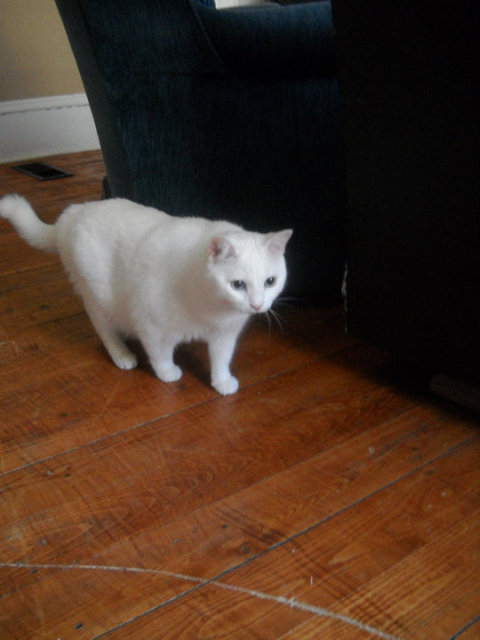 Breed Identification
Question
Zoey
I was curious if you could identify the b
Breed Identification
Question
Zoey
I was curious if you could identify the b
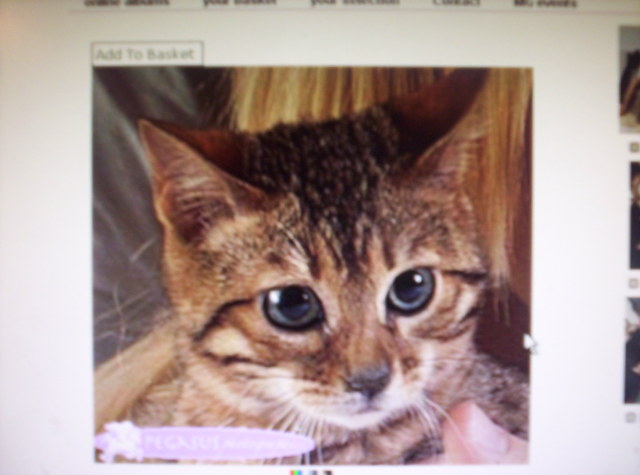 tatty kitten
QuestionQUESTION: Hi i have adopted a bengal kitt
tatty kitten
QuestionQUESTION: Hi i have adopted a bengal kitt
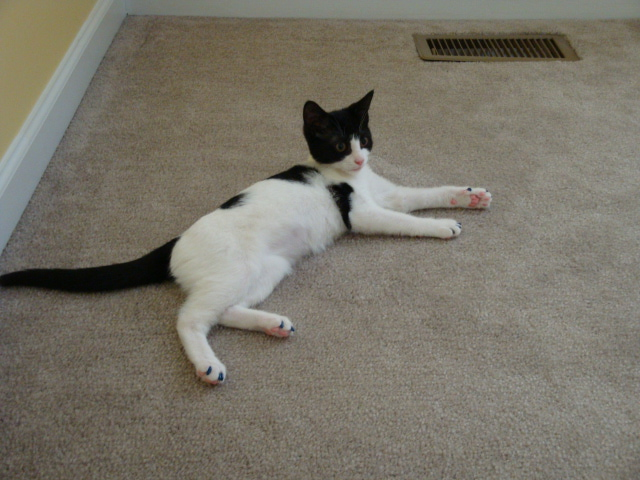 Cat training/Runs away whenever downstairs
Question
Kairi in her room
Hi there!
I recently
Cat training/Runs away whenever downstairs
Question
Kairi in her room
Hi there!
I recently
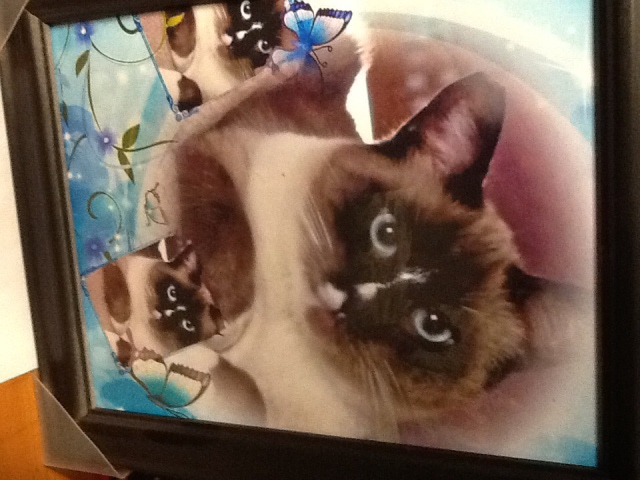 Ferel cat biting
QuestionQUESTION: I took in a ferel cat hes been here a
Ferel cat biting
QuestionQUESTION: I took in a ferel cat hes been here a
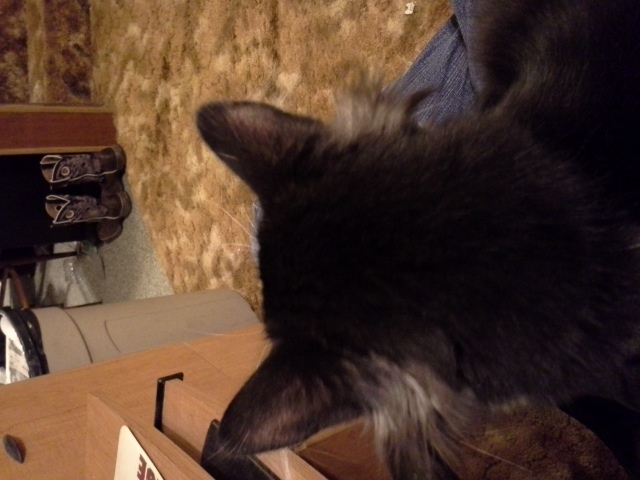 Can you give me an idea for possible cat breed?
Question
Tufts Maverick
My cat Maverick ha
Can you give me an idea for possible cat breed?
Question
Tufts Maverick
My cat Maverick ha